
PET CT-WHOLE BODY (CONVENTIONAL VERTEX TO MID THIGH)
- 17550
PET CT-F 18 BONE SCAN (WHOLE BODY)
- 8100
PET CT-LIMITED BRAIN
- 13500
PET CT-WHOLE BODY+BRAIN
- 20000
PET CT-LIMITED HEAD & NECK
- 14000
PET CT-F 18 BONE SCAN (LIMITED)
- 8000
PET CT-FDOPA BRAIN STUDY
- 28000
PET CT-FDOPA WHOLE BODY STUDY
- 29000
PET CT-GA68 DOTANOC WHOLE BODY PETCT SCAN
- 30000
PET CT-GA68 EXTENDING PETCT SCAN
- 30000
PET CT-GA68 PSMA WHOLE BODY PET CT SCAN
- 30000
PET CT-LIMITED ABDOMEN & PELVIS
- 14000
PET CT-GA68 EXTENDING PETCT SCAN
- 27000
PET CT-GA68 PSMA WHOLE BODY PET CT SCAN
- 27500
PET CT-LIMITED ABDOMEN & PELVIS
- 14000
PET CT-LIMITED CARDIAC
- 14000
PET CT-LIMITED CHEST
- 14000
PET CT-WHOLE BODY (VERTEX TO FEET)
- 20000
PET MRI BRAIN
- 20000
What is PET-CT and Its Purpose
PET-CT stands for Positron Emission Tomography – Computed Tomography. It is an advanced medical imaging technique that combines two powerful scans in one:
PET (Positron Emission Tomography): Shows how tissues and organs are functioning or metabolizing.
CT (Computed Tomography): Provides detailed anatomical images of the body’s internal structure.
When combined, a PET-CT scan provides both functional and structural information in a single image. This helps doctors detect diseases more accurately and at an earlier stage.
How Does PET-CT Work?
A small amount of radiotracer (usually a form of glucose called FDG) is injected into the patient.
Active cells (like cancer cells) absorb the tracer faster because they use more energy.
The PET scanner detects the radiation emitted by the tracer and shows metabolic activity.
The CT scanner takes high-resolution images of the body’s structure.
The two images are combined to give a comprehensive view of both function and anatomy.
Purpose of PET-CT Scans
🎯 1. Cancer Detection and Staging
Detects tumors and cancer spread to lymph nodes or organs
Helps in staging (determining how far the cancer has spread)
Finds hidden or recurrent cancers
Common in lung, breast, lymphoma, colorectal, head & neck cancers
📈 2. Monitoring Cancer Treatment
Assesses how well chemotherapy, radiation, or surgery is working
Detects residual or returning tumors
Helps guide future treatment plans
🧠 3. Brain Disorders
Evaluates conditions like:
Alzheimer’s disease
Epilepsy (identifying seizure focus)
Brain tumors
Parkinson’s disease
Helps in early detection and functional mapping of brain activity
❤️ 4. Heart Disease
Identifies areas of the heart with reduced blood flow or damaged muscle tissue
Helps differentiate between viable (living) and non-viable heart tissue
Guides decisions for procedures like angioplasty or bypass surgery
🦴 5. Infection and Inflammation Detection
Detects fever of unknown origin
Finds infected areas in bones, joints, or organs
Useful in autoimmune disorders or prosthetic implant complications
Advantages of PET-CT
✅ High accuracy by combining two imaging techniques
✅ Early detection of disease even before structural changes appear
✅ Precise localization of disease for surgery or radiation planning
✅ Non-invasive and safe
✅ Useful for whole-body scanning
Is PET-CT Safe?
Yes. The amount of radiation used in PET-CT is low and medically regulated. The benefits of early and accurate diagnosis typically outweigh the risks. However, it's usually not recommended during pregnancy.
Conclusion
PET-CT is a revolutionary imaging tool that plays a crucial role in cancer management, neurological assessment, and cardiac care. By combining functional and anatomical information, PET-CT helps doctors make faster, more accurate diagnoses and treatment decisions—leading to better patient outcomes.
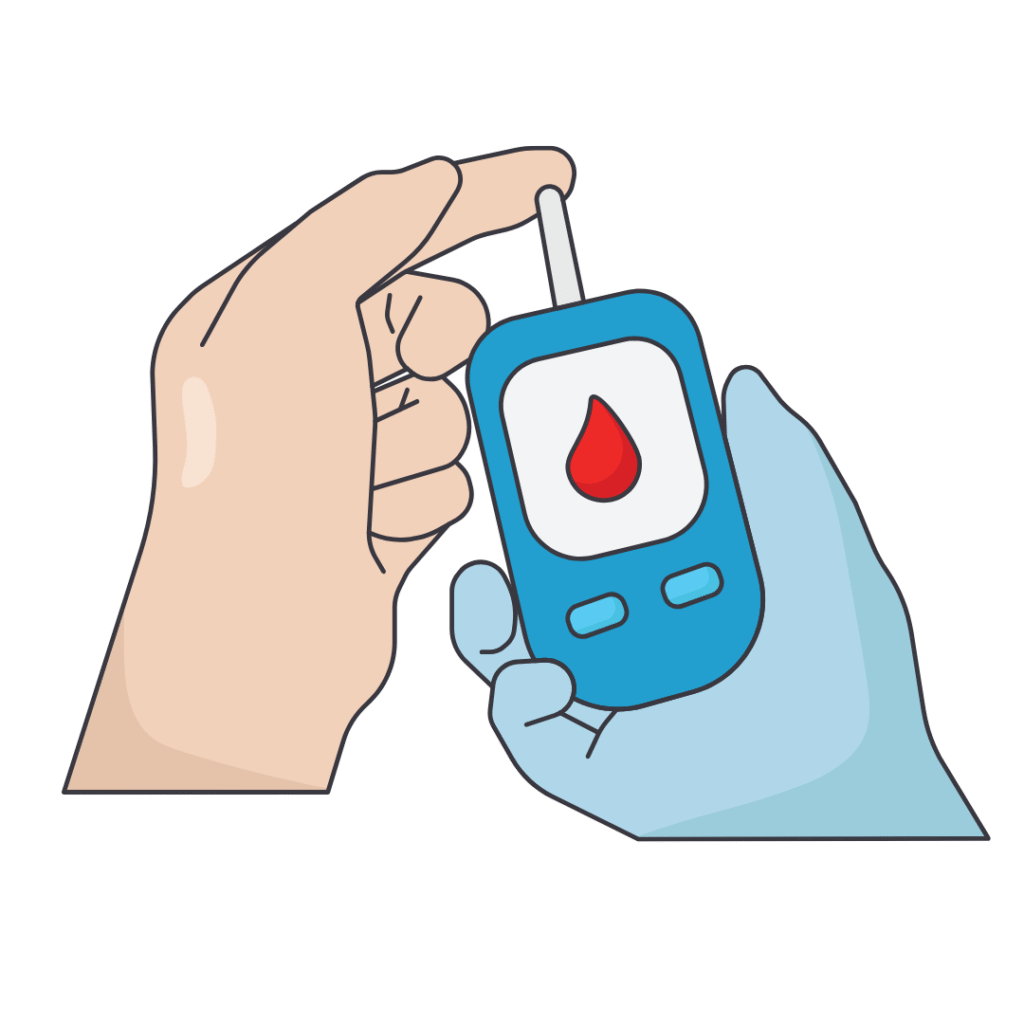
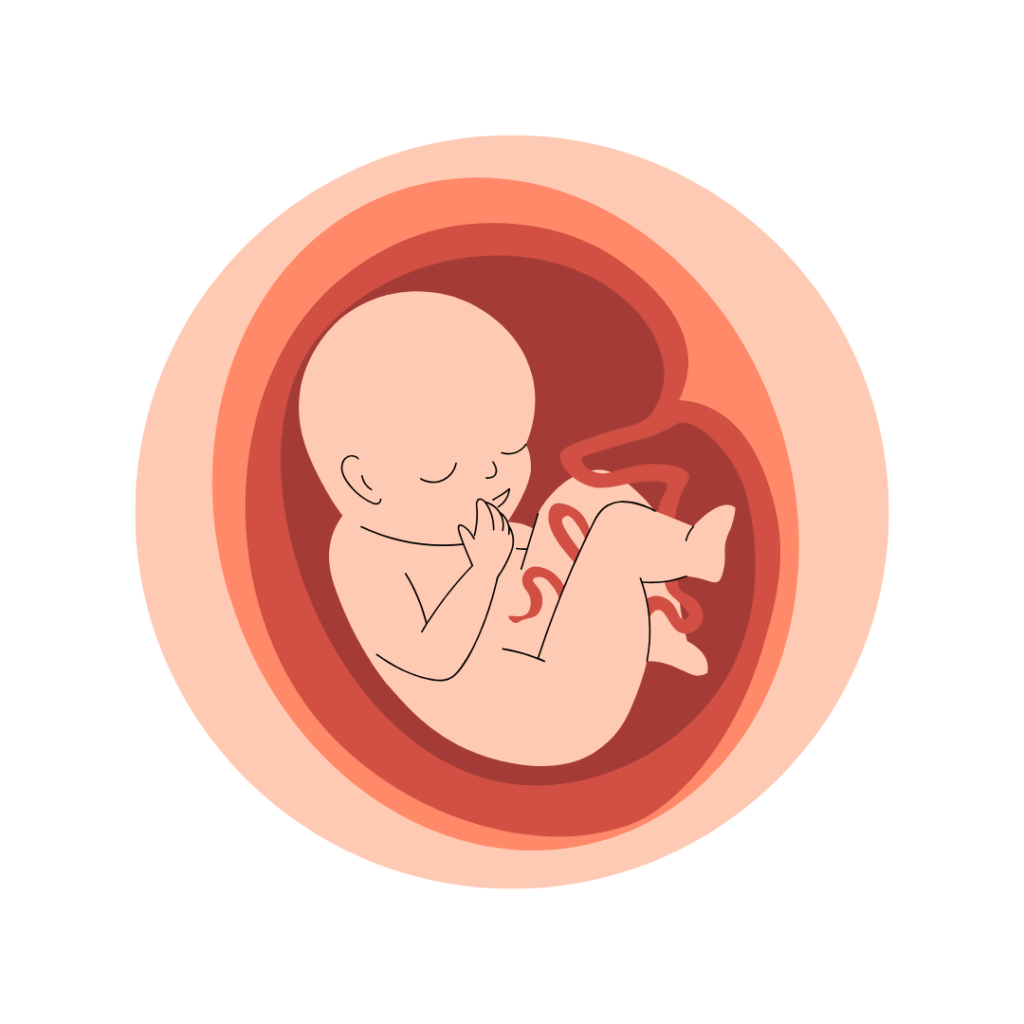
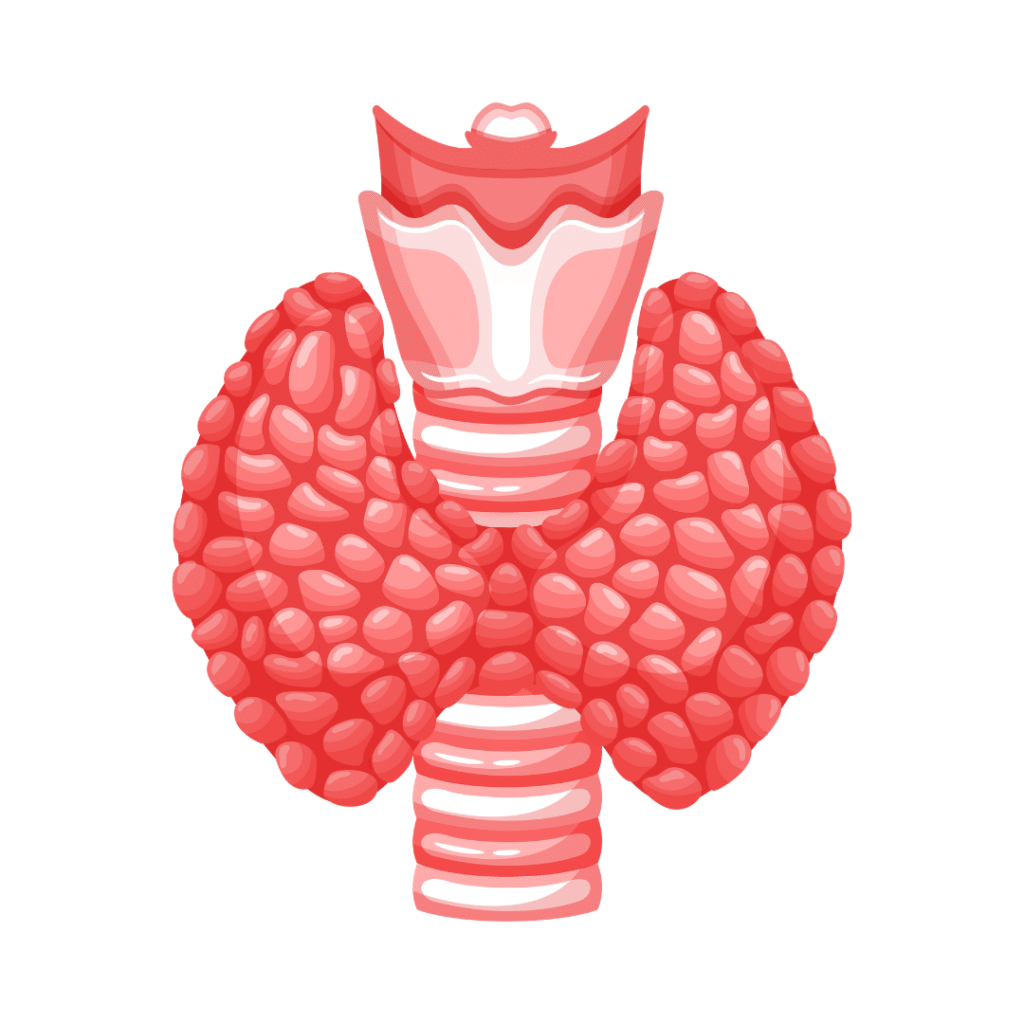
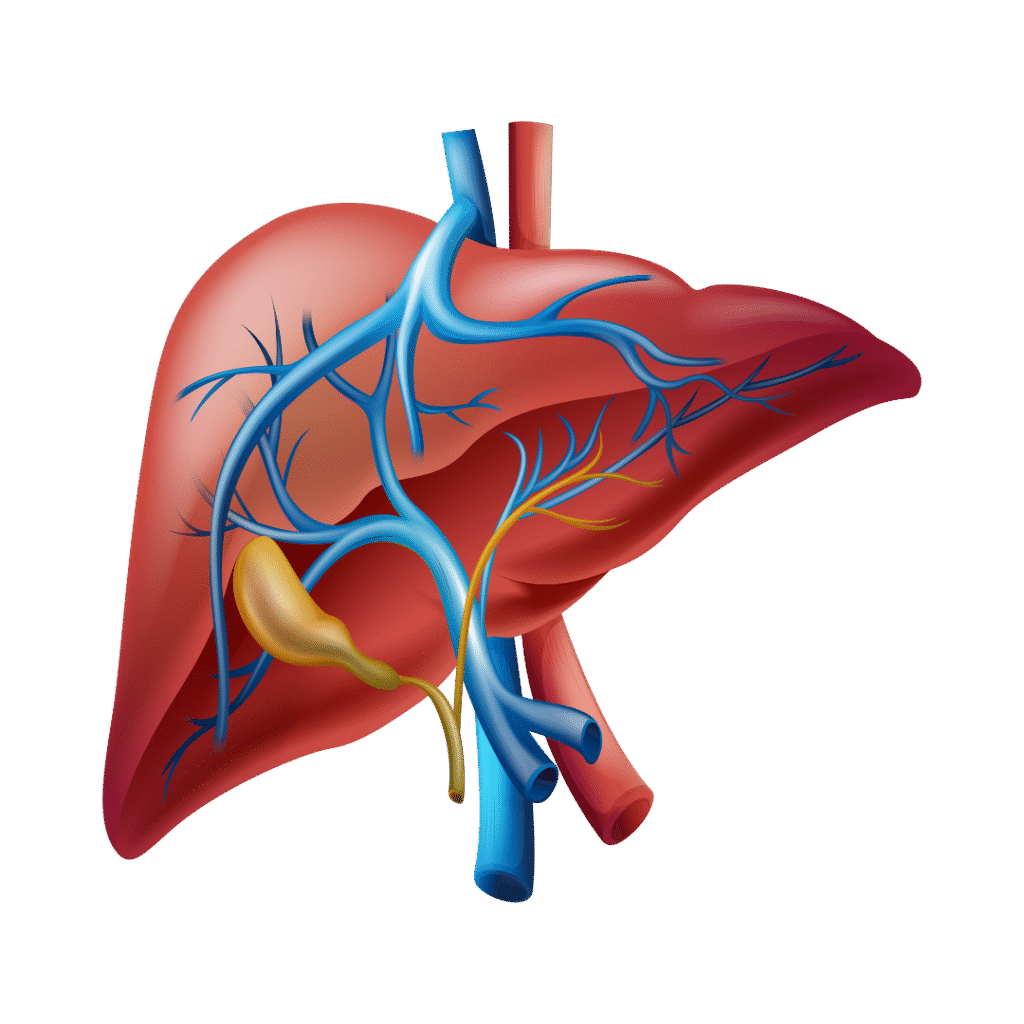
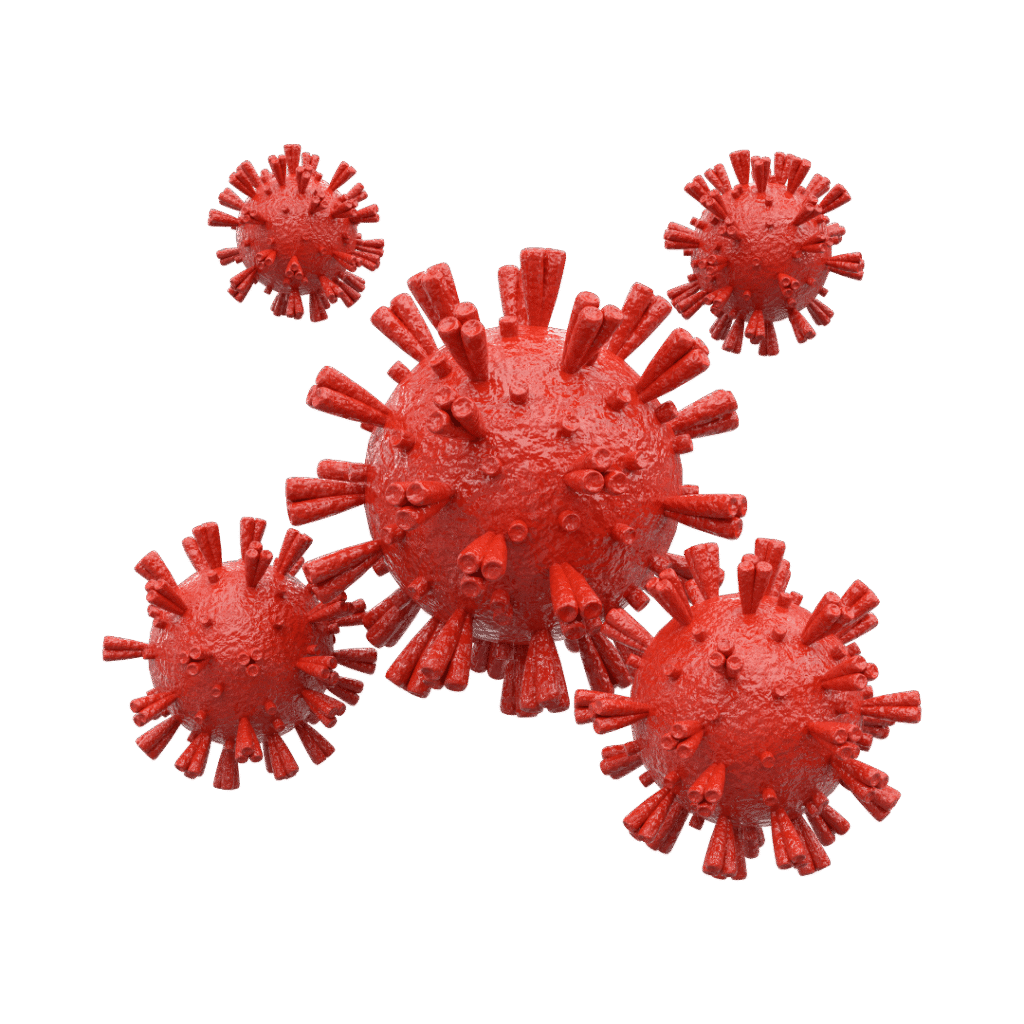
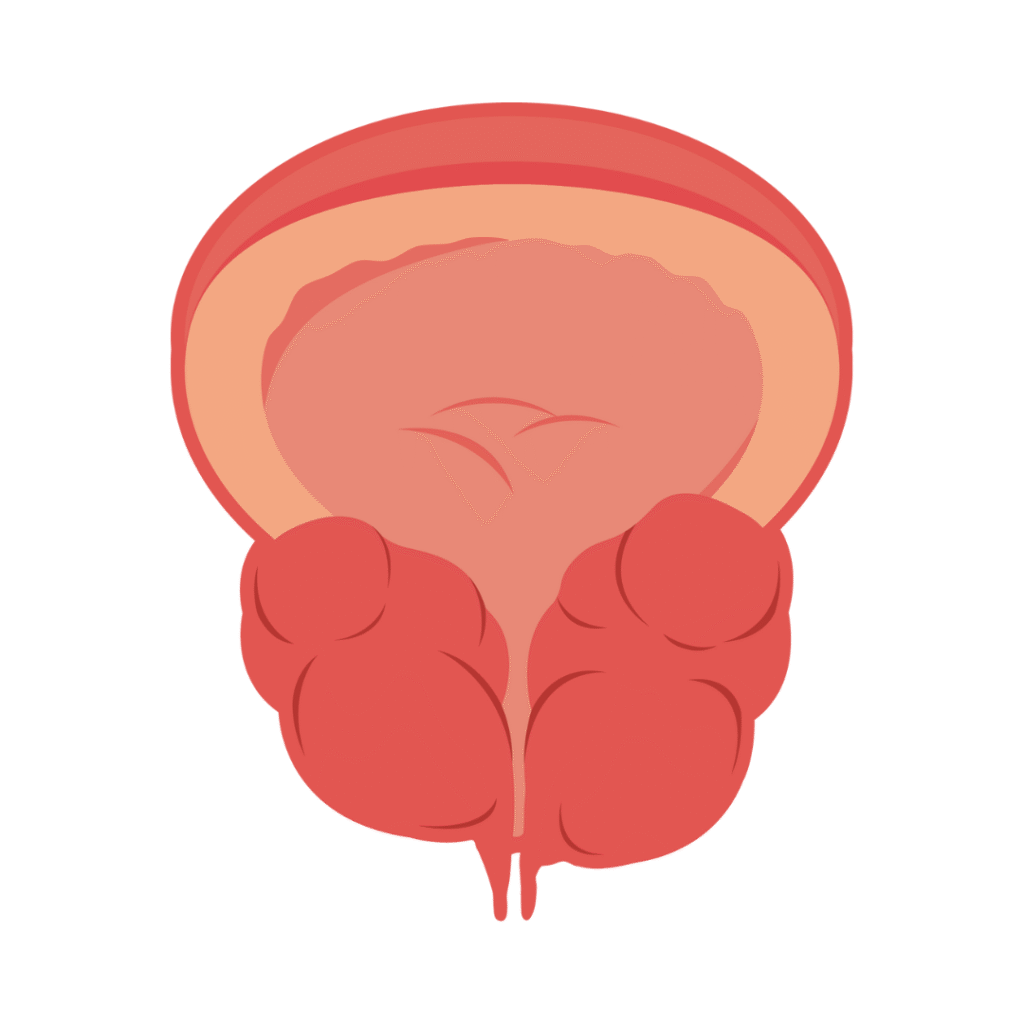
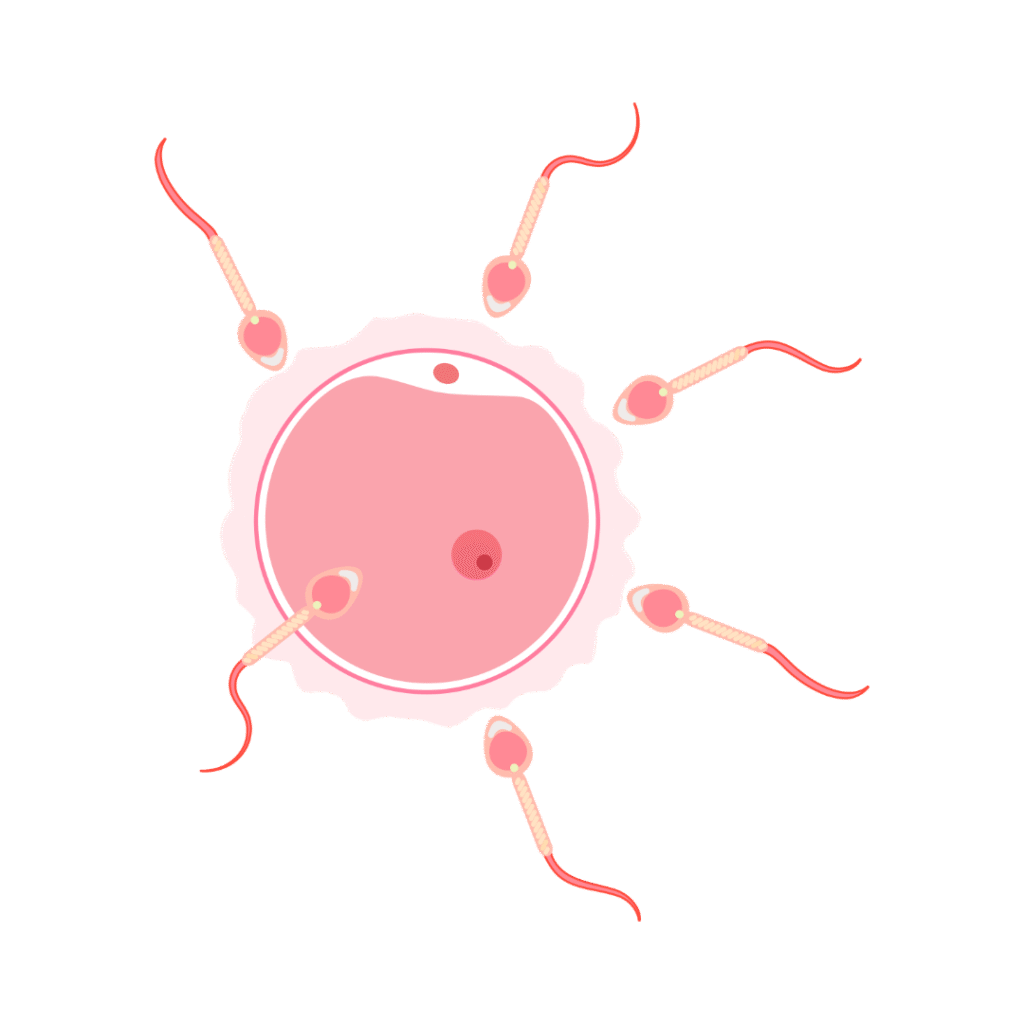
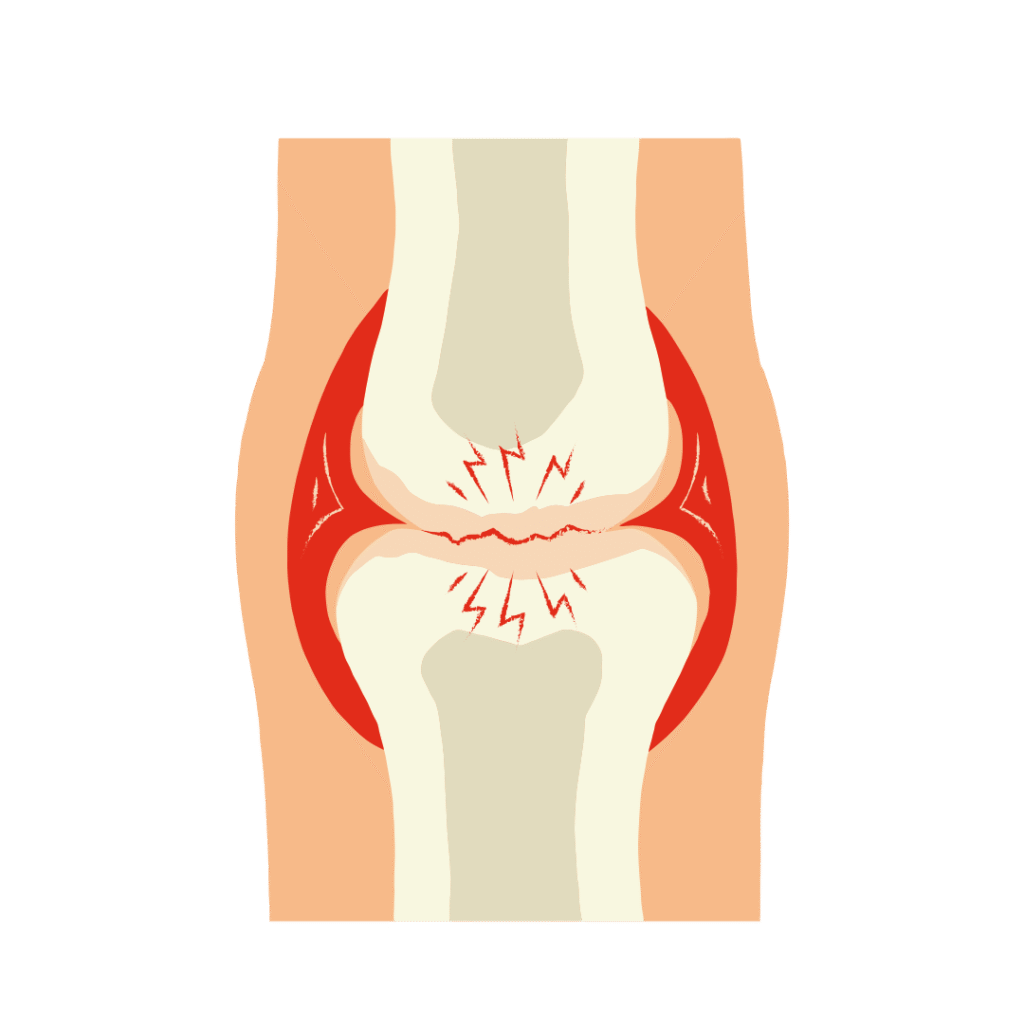
Diabetes
Pregnancy
Thyroid
Liver
Covid
Prostate
Fertility
Bone

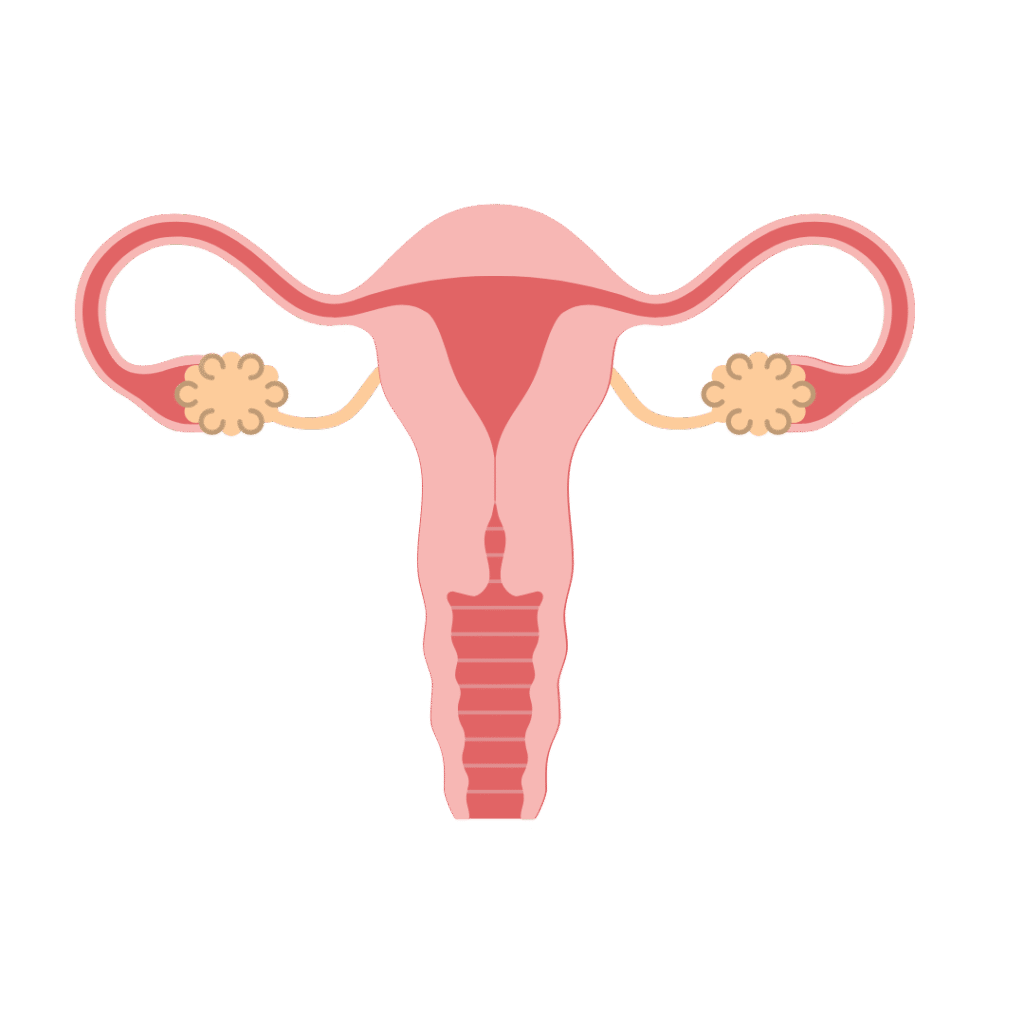
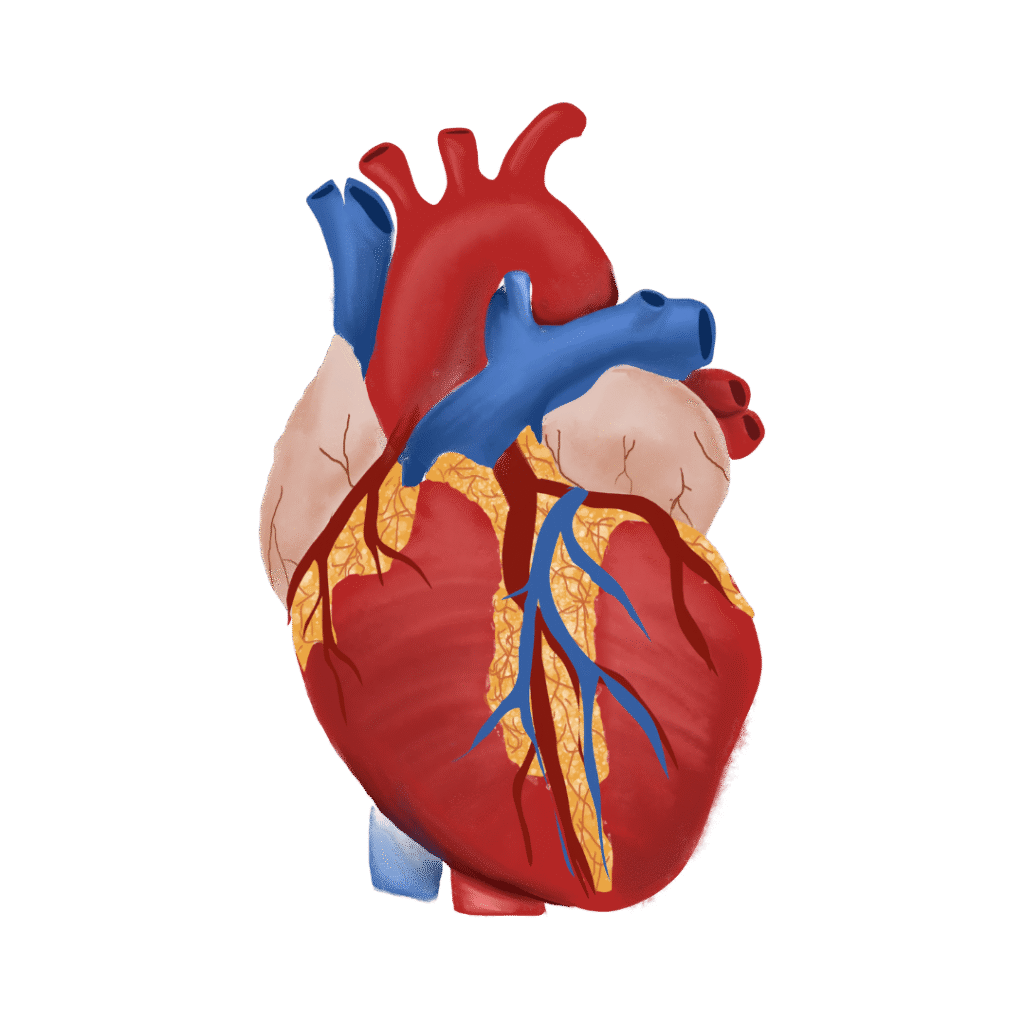
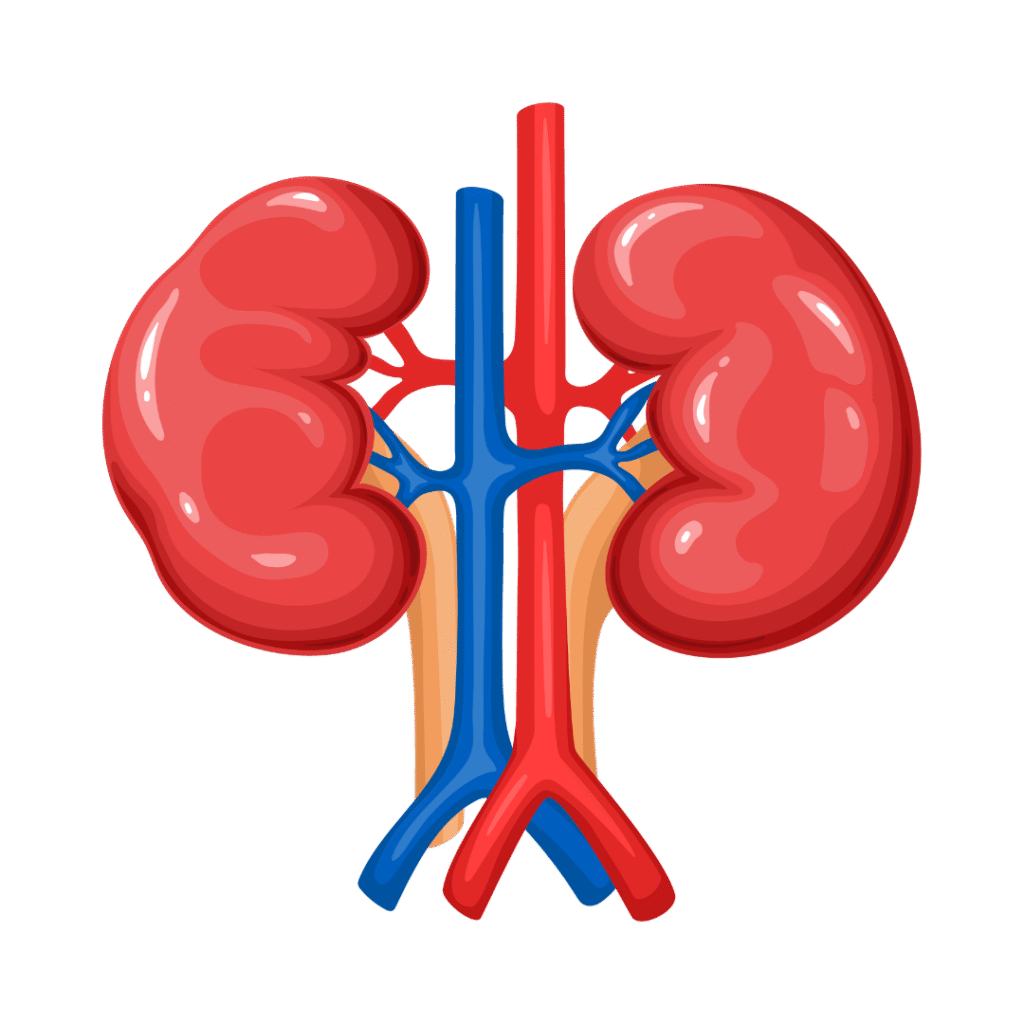
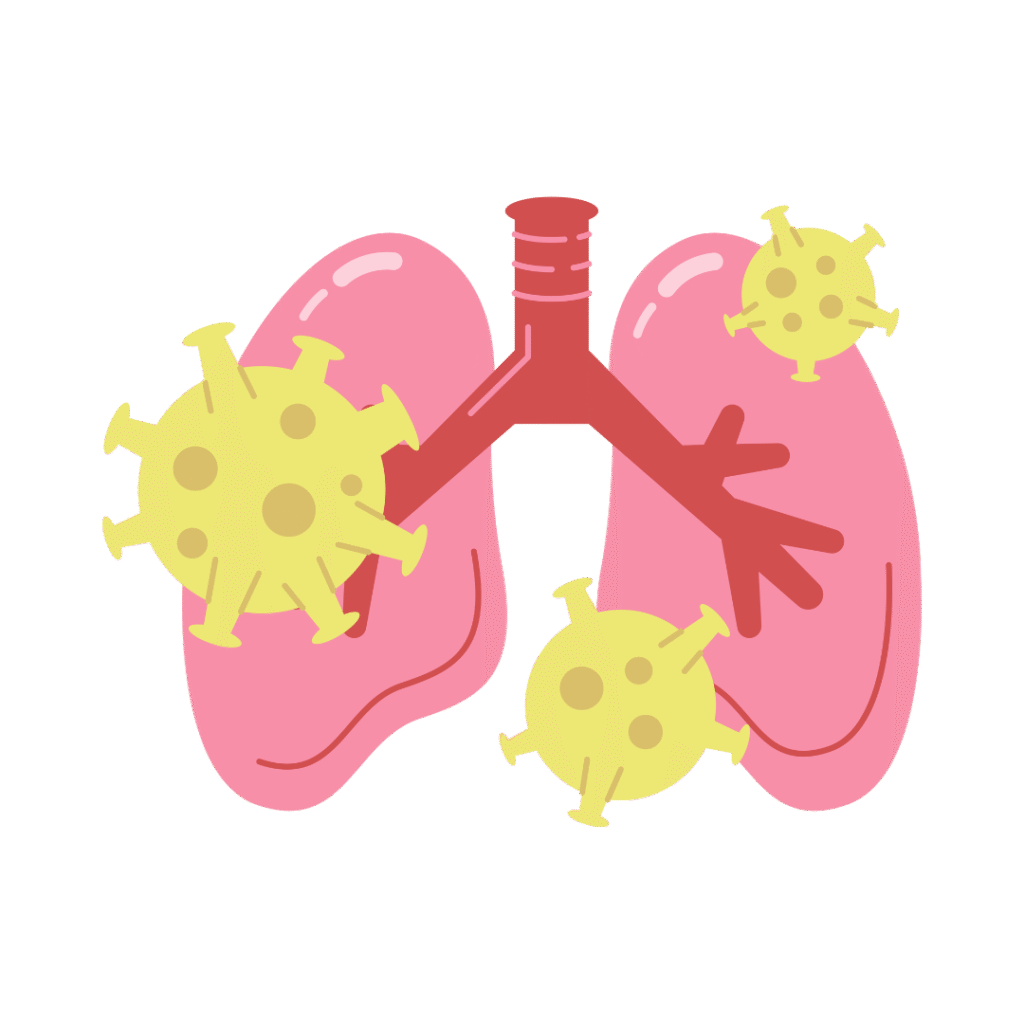
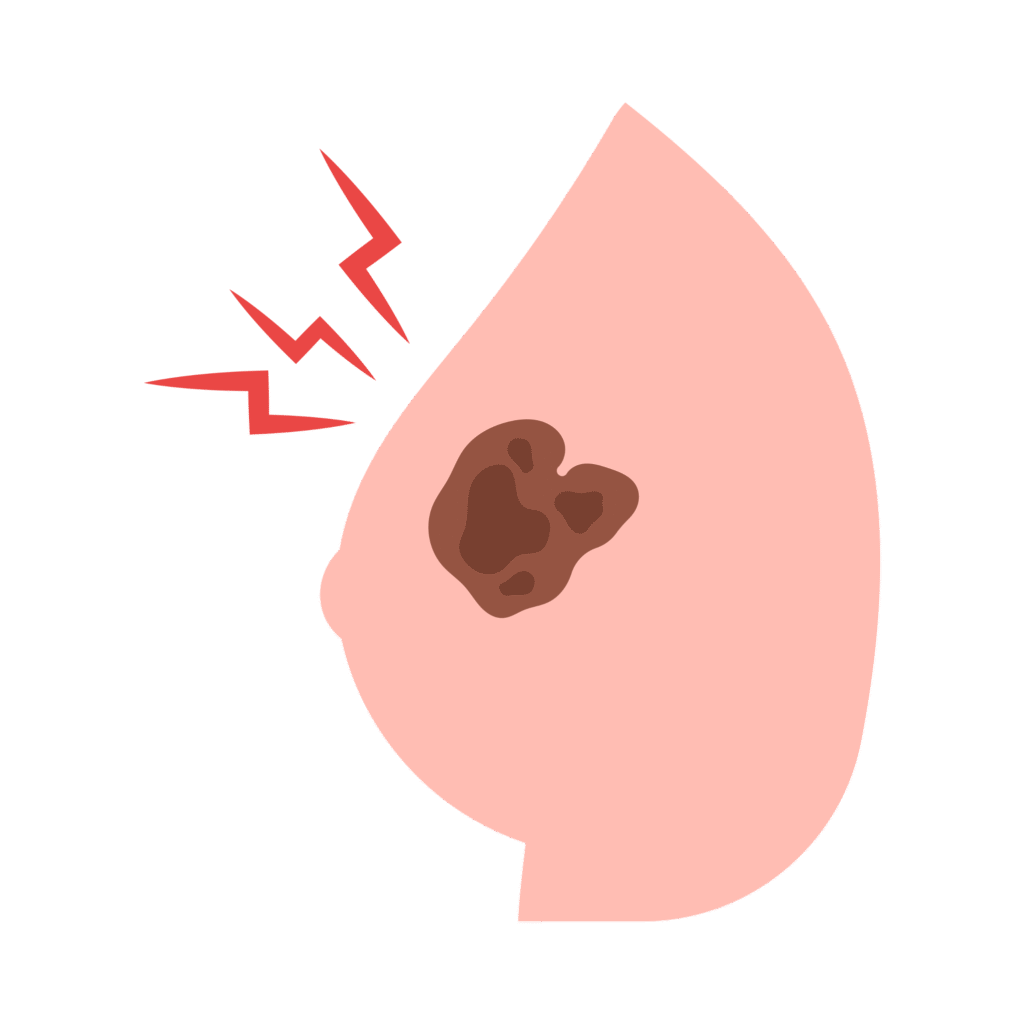

Gastro
Cervix
Heart
Kidney
cancer
breast
Vitamins
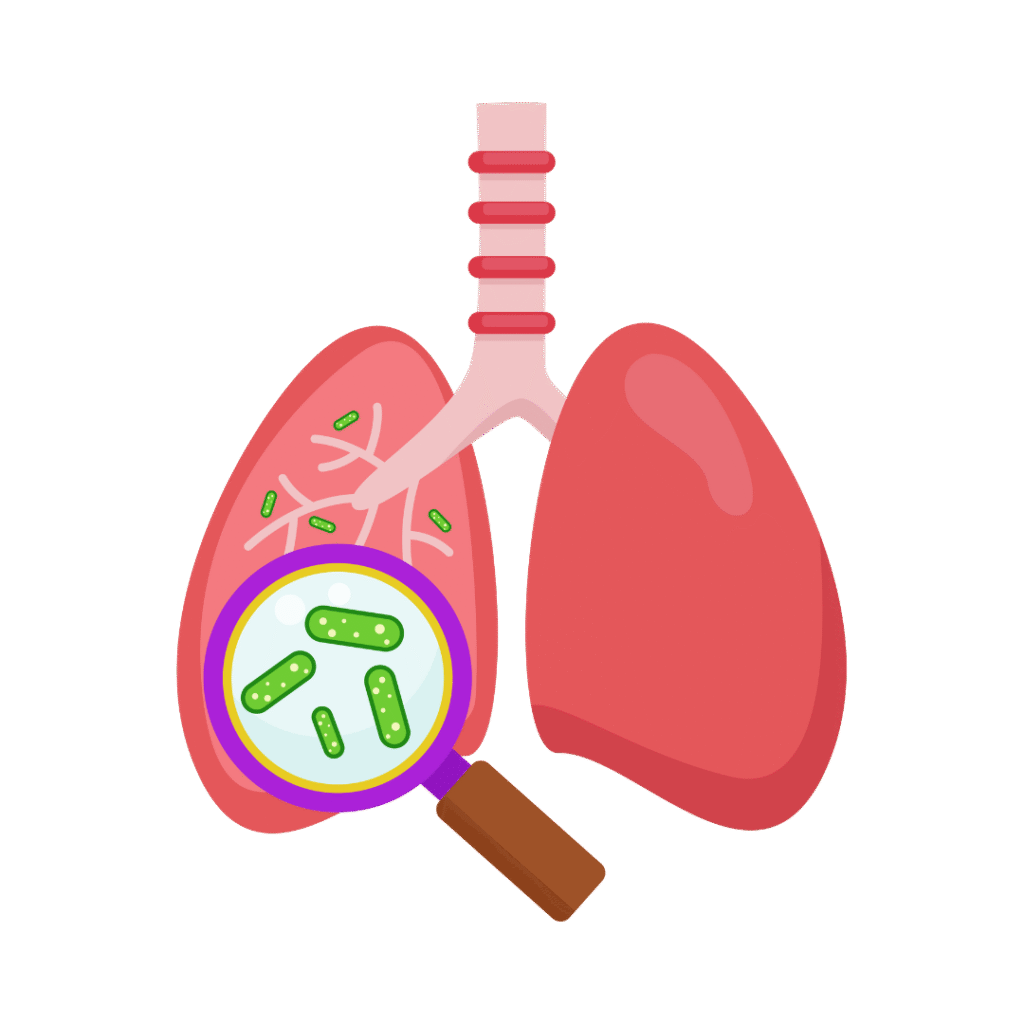
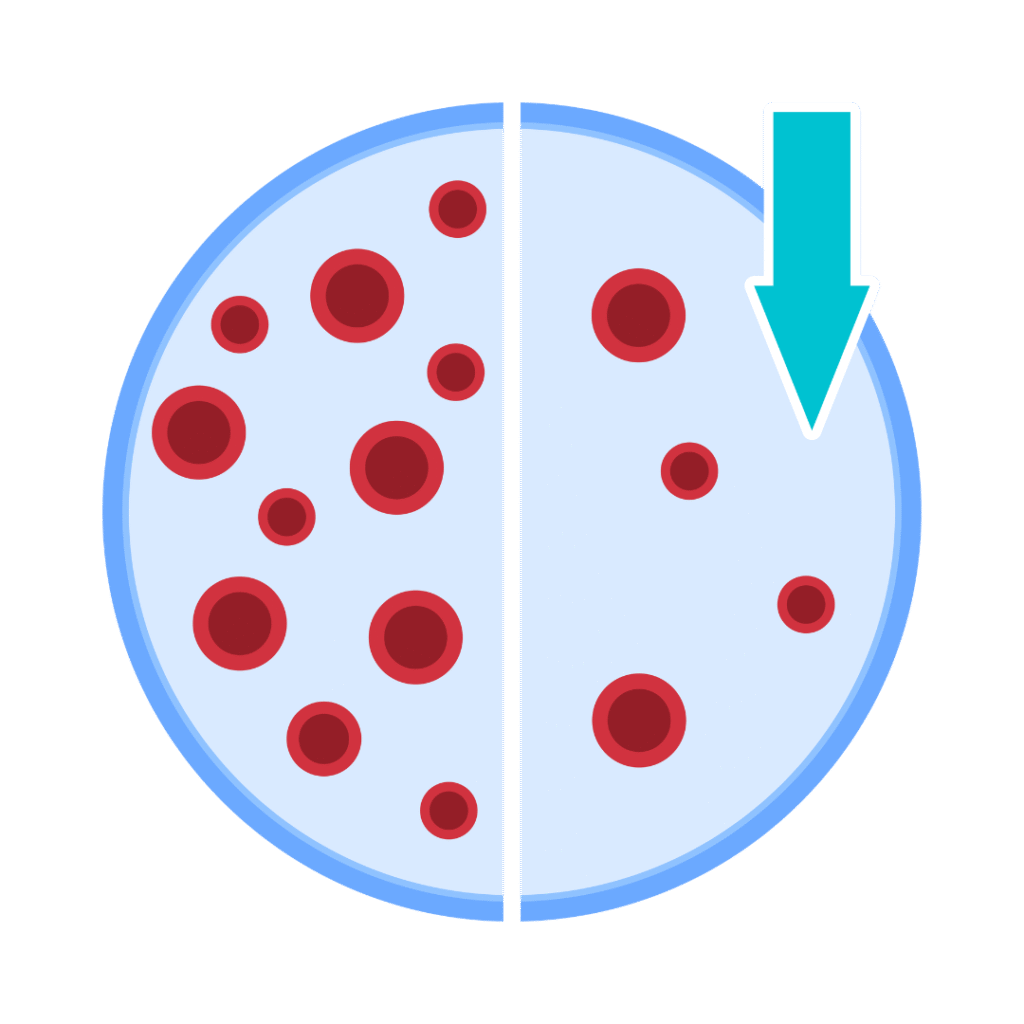
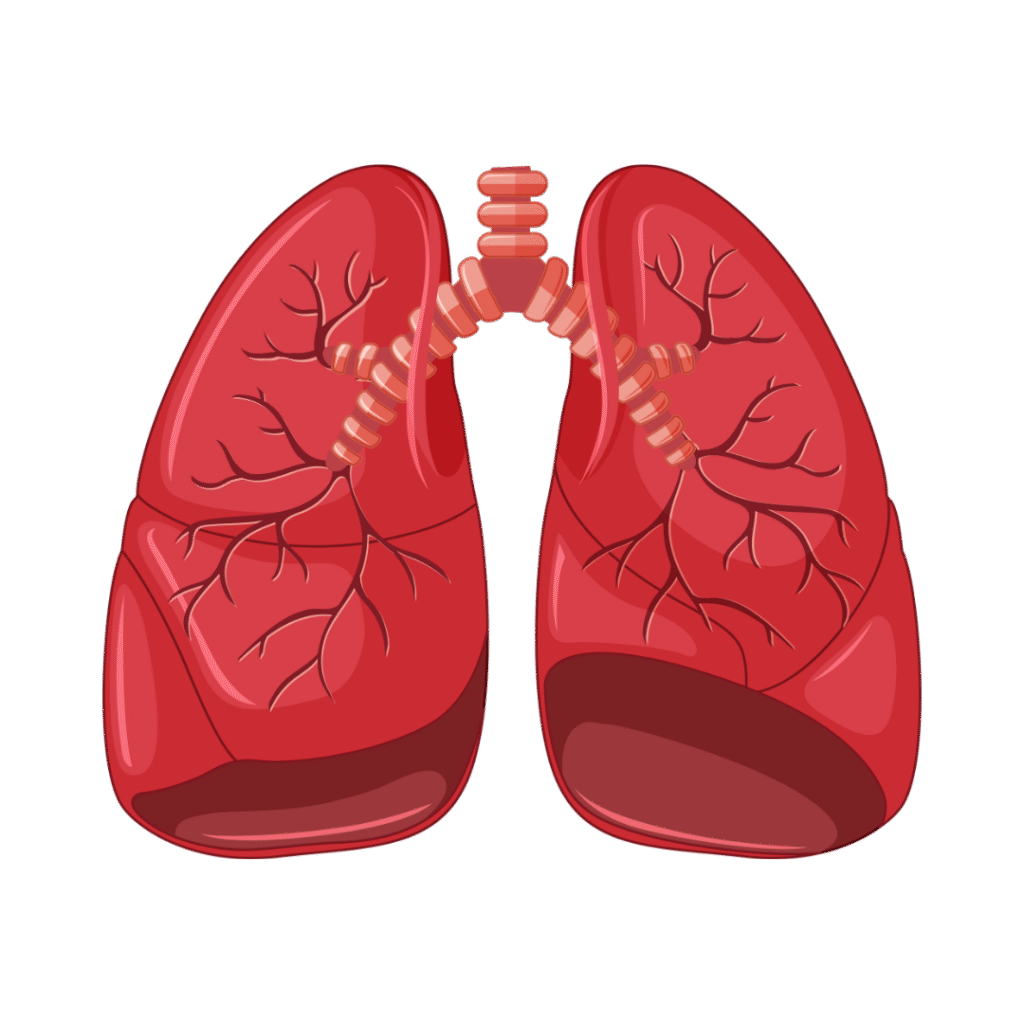
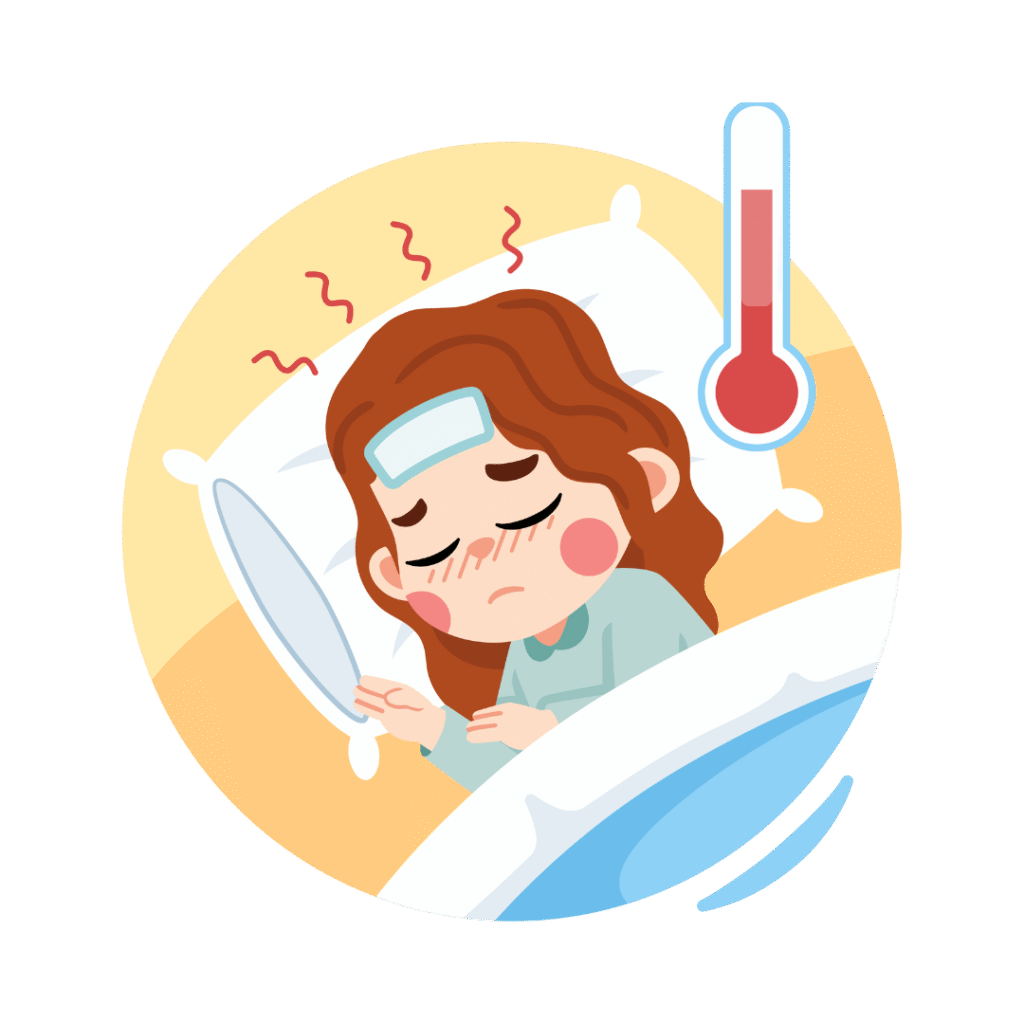

Tuberculosis (TB)
Anemia
Lungs
Fever
Allergy
Frequently Asked Questions
A PET-CT scan combines two imaging techniques:
PET (Positron Emission Tomography) shows how tissues and organs function
CT (Computed Tomography) shows detailed images of their structure
Together, they provide highly accurate information for diagnosis and treatment planning.
PET-CT is commonly used to:
Detect cancer and determine its spread (staging)
Evaluate treatment effectiveness
Detect recurrence of tumors
Assess brain and heart conditions
Yes. While it uses a small amount of radiation and radiotracer, it is generally safe and well-tolerated. The benefits usually outweigh the risks, especially in serious conditions like cancer.
You may need to:
Fast for 4–6 hours before the scan (water is usually allowed)
Avoid strenuous activity the day before
Inform the team about diabetes, pregnancy, or allergies
You will receive specific instructions during appointment booking.
A radiotracer (often FDG) is injected into your body. It accumulates in areas of high activity (like cancer cells). The PET-CT scanner then captures images to detect abnormal metabolic activity.
No. The scan itself is painless. You may feel a small pinch during the injection, and need to lie still for 20–45 minutes during imaging.
The entire process takes about 2–3 hours, including preparation time, waiting period for tracer absorption, and the scan itself.
PET-CT is helpful in diagnosing:
Various cancers (lung, lymphoma, colon, breast, etc.)
Brain disorders (like epilepsy, Alzheimer’s)
Heart diseases (such as reduced blood flow)
Yes, but you should avoid close contact with infants and pregnant women for a few hours, as a precaution due to the radiotracer.
Typically, results are reviewed by a radiologist and are available within 24–48 hours.
